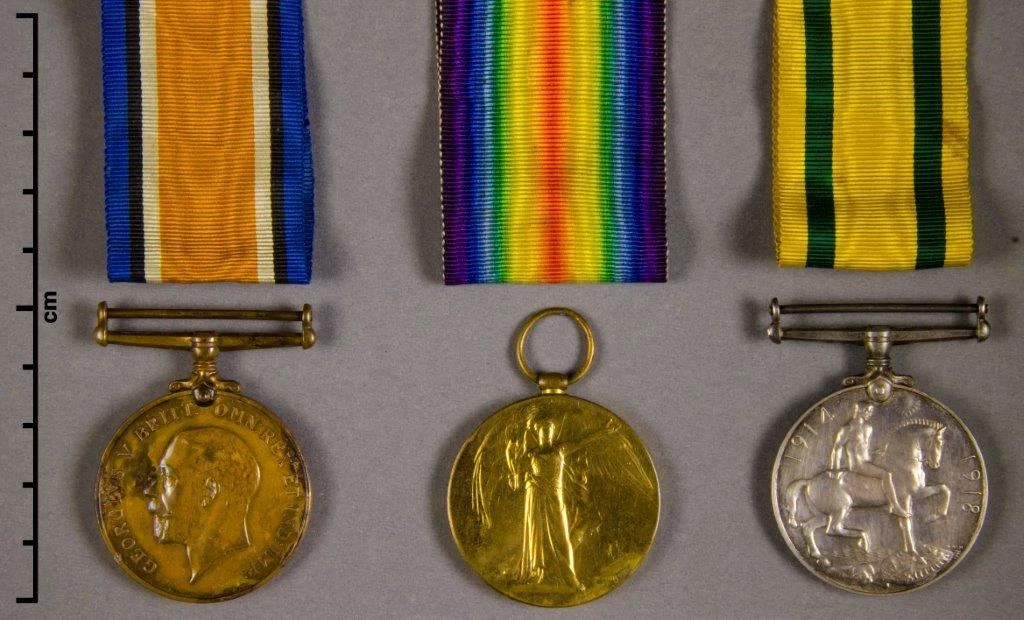Donations of Archaeological Objects to Museums
, 4 July 2019
A penny and a brooch
Two rare objects have recently been kindly donated to Amgueddfa Cymru-National Museum Wales by metal detectorist, Pete Anning. One is a silver penny of King Aethelraed II (978-1013, also known as ‘The Unready’), probably minted in Gloucester during the 990s. The other is a fragment of a 7th or 8th century decorated copper alloy penannular brooch. Both objects were found in the same area in the Vale of Glamorgan.
The objects are unfortunately broken, but that does not lessen their archaeological importance, and the coin has been designated a find of national Welsh importance by the Portable Antiquities Scheme (PAS).
Dr Mark Redknap, Head of Collections and Research in the museum’s History and Archaeology Department, said of the brooch fragment:
“Any discovery of Early Medieval metalwork has special significance as we know so little - compared with the later Medieval period – about fashions and styles circulating around Wales. The surviving terminal is decorated with a recessed panel, ridges imitating filigree, and a central setting for a glass or amber stud. It belongs to a style of brooch characteristic of Western Britain.”
As neither of the objects are classed as treasure under the 1996 Treasure Act, they are legally the property of the finder and landowner, but luckily for AC-NMW, Pete generously decided to donate them to the museum’s collection.
Deciding to donate
Pete has been detecting for two years, and this is not the first time he has given away his finds:
“I think the most exciting thing I ever found was a Bronze Age axe head that I found after my friend (who is also a farmer) gave me call to say they had been clearing out some ditches and I might want to have a go in the spoil. After recording the find with Mark Lodwick (PAS Co-ordinator for Wales) I gave it to the farm and it now has pride of place on their mantelpiece. The axe had been there for over 3000 years and it didn’t seem right to take it away.”
When Pete found out that his penny and brooch fragments, as Welsh examples of Anglo-Saxon and Early Medieval objects, were important and rare, he decided that, “it was only right that the finds should be donated to the museum. Whether it’s 3000 years old or 30 years old, it all once had a purpose or meaning. Everything has a story.”
Once an object enters a museum collection, those stories can be told by archaeologists and other researchers, and the object will be conserved and looked after for future generations.
The value of donations
Donations are valued by museums as they do not always have a fund to purchase objects for their collections and have to rely on Friends groups or applications to funding bodies such as the Art Fund. In Wales, the Saving Treasures; Telling Stories project has been using its National Lottery funding to acquire treasure and some PAS-recorded objects for national and local collections since 2015, but this source will soon be coming to an end.
So, in the words of Dr Redknap, “We’re extremely grateful to Pete for his generous donation to the national collection.”
But whether finders donate, sell or keep their objects, Pete encourages everybody to get their finds recorded with PAS: “I had no idea what the early medieval brooch fragment was until Mark Lodwick saw it. I knew it was old…but that was it. If you’re not sure check – otherwise you could be throwing away some invaluable ancient history!”
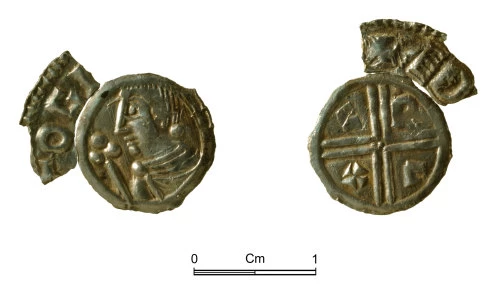
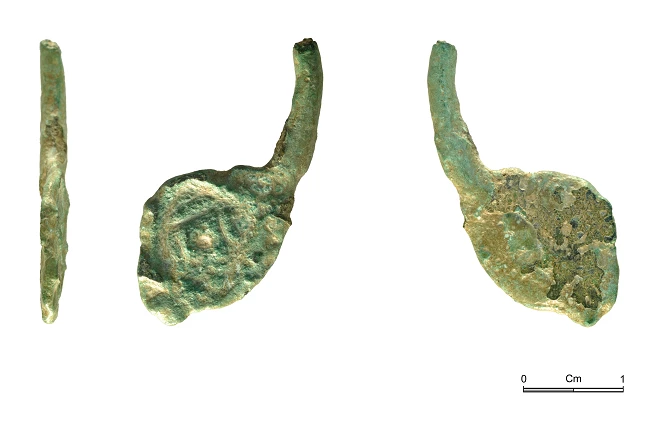
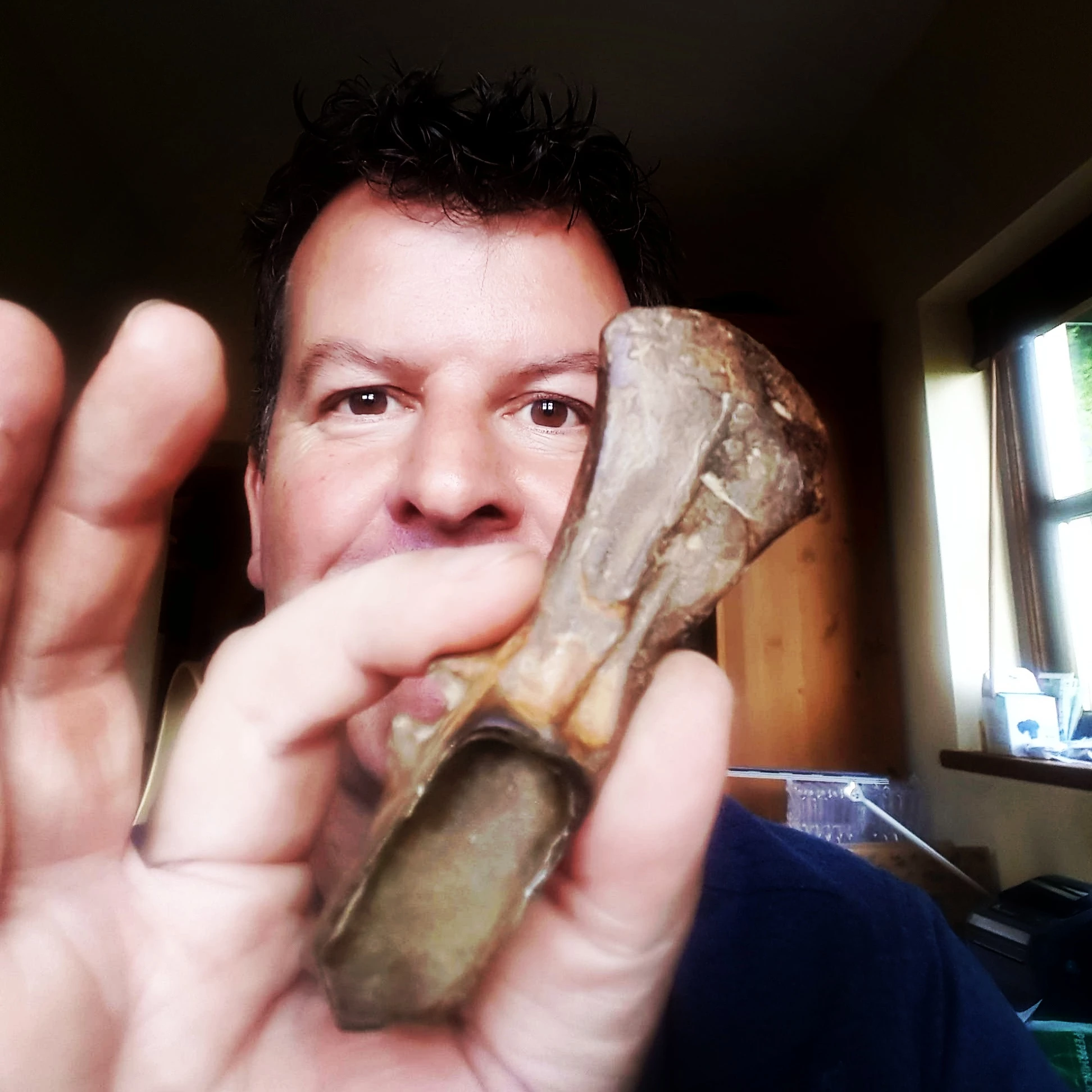
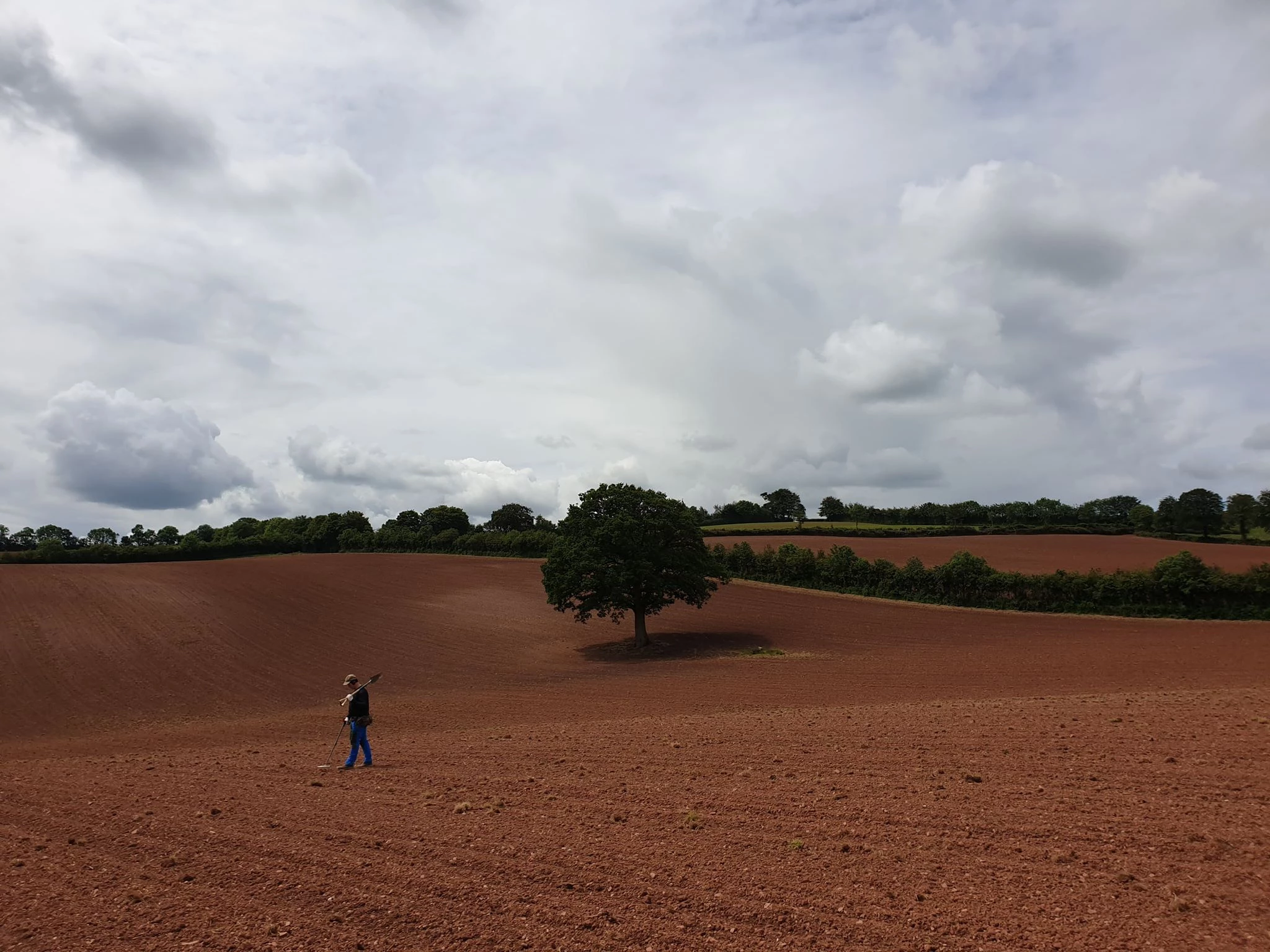
![National Museum Wales Heads of Departments 1922 [Lee is third in from the left]](/media/43208/version-full/NMW-HODs-1922.webp)
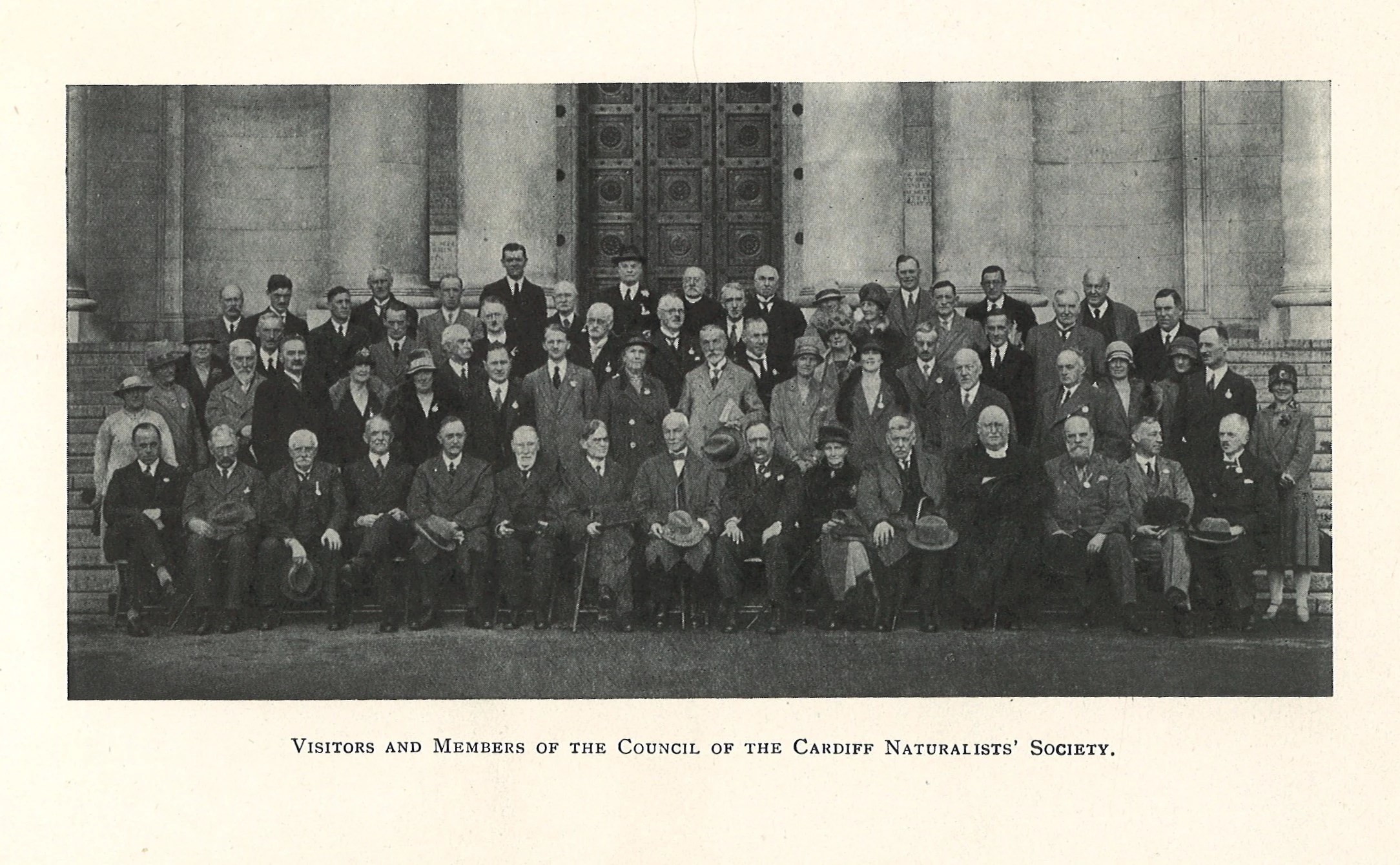
![Cardiff Naturalists' Society visit National Museum Wales in 1927 as part of their Diamond Jubilee celebrations [guide to photo above] Both images from CNS Transactions volume 60](/media/43212/version-full/CNS-image-guide.webp)
![16th Glamorgan Home Guard 'National Museum Wales section' [circa. 1940]](/media/43214/version-full/NMW-Home-Guard-WWII.webp)
![Visit of Her Majesty the Queen 18 July 1951 [Lee holding ceremonial staff]](/media/43215/version-full/Visit-of-Her-Majesty-the-Queen-18-July-1951.webp)

